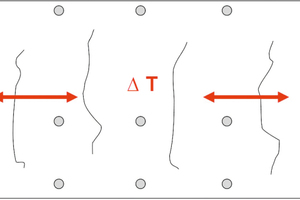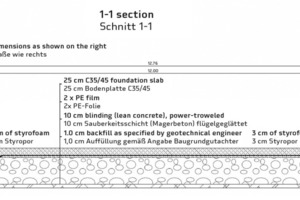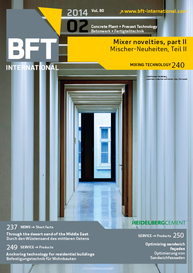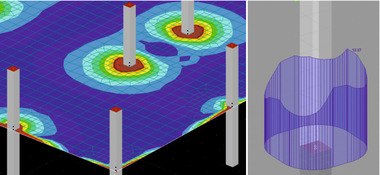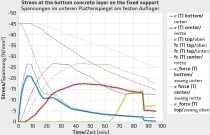Designing cracks properly
Structural engineers are often uncertain about how to deal with the concept of restraint stress. Relevant codes and standards are of no help either. For relevant information, they have to refer to supplementary literature, such as [1].
Such investigations are initially motivated by the insight that the indirect load scenario of restraint stress results from the obstruction of intended movements, thus being deformation- rather than load-driven. A simple case in point is a parking deck exposed to outside air whose pavements tend to expand in summer and shorten in winter. However, this tendency to...

